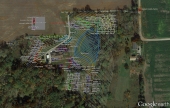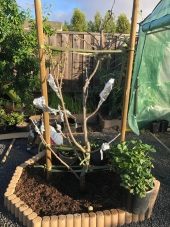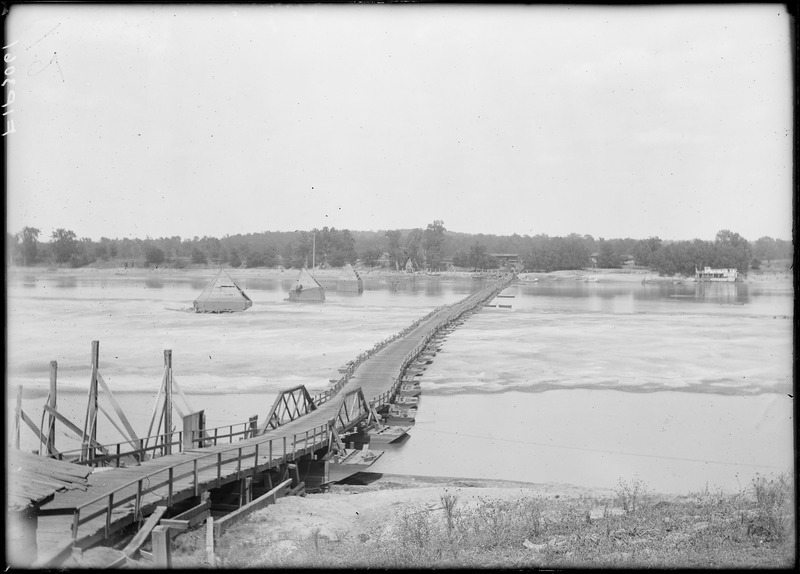




The original Silicon Valley hillbilly.


 2
2




List of Bryant RedHawk's Epic Soil Series Threads We love visitors, that's why we live in a secluded cabin deep in the woods. "Buzzard's Roost (Asnikiye Heca) Farm." Promoting permaculture to save our planet.
 1
1




Idle dreamer







The original Silicon Valley hillbilly.








The original Silicon Valley hillbilly.

 1
1







 2
2




The original Silicon Valley hillbilly.

 1
1







 1
1




The original Silicon Valley hillbilly.

 3
3





Idle dreamer
 1
1




"A nation that destroys its soils destroys itself." FDR
"We can't solve problems by using the same kind of thinking we used when we created them.” Einstein








The original Silicon Valley hillbilly.

 5
5




 The point being that you want to get the soil full of life, which will make your clay hold more water, lighten up in general and take advantage of the cation exchange capacity of the clay.
The point being that you want to get the soil full of life, which will make your clay hold more water, lighten up in general and take advantage of the cation exchange capacity of the clay.









The original Silicon Valley hillbilly.

 1
1




Namaste - the light in me, honours the light in you!!
 2
2




Peter Ellis wrote:You're in a desert, where evaporation exceeds precipitation.
In deserts, you hold water below the surface, so it doesn't evaporate. Your choice to hold the water below is valid in your environment. What else do you plan on planting in this area? You're going to want some things that drive taproots down into the clay, breaking it, introducing organic matter and providing infiltration channels for both water and oxygen. Nitrogen fixers, obviously for nitrogenThe point being that you want to get the soil full of life, which will make your clay hold more water, lighten up in general and take advantage of the cation exchange capacity of the clay.
The suggestion that you catch the runoff from the concrete surfaces is excellent advice. And in case you haven't looked into these things yet, I suggest you do some reading about swales on contour as tree growing systems and the "net and pan" system which is another water capturing approach for trees, normally used on steeper slopes where swales may not be stable.
"The rule of no realm is mine. But all worthy things that are in peril as the world now stands, these are my care. And for my part, I shall not wholly fail in my task if anything that passes through this night can still grow fairer or bear fruit and flower again in days to come. For I too am a steward. Did you not know?" Gandolf











 thanks again!
thanks again!
The original Silicon Valley hillbilly.




 1
1




The original Silicon Valley hillbilly.








The original Silicon Valley hillbilly.








The original Silicon Valley hillbilly.
















The original Silicon Valley hillbilly.


















As for what I was thinking about planting in front of the new trees. I was thinking sunflowers, peas, and beans would be good for the soil. I heard somewhere that sunflowers are really good at sending a tap root down and breaking up the soil, and of course the beans and peas help fix the soil as well.
Would something like carrots or potatoes, or? be even better? I really don't know, if anyone has a recommendation I'd love to try it. I don't expect the soil to be very good for the first couple of years until it starts breaking down more, so I'm not sure what I can get away with as far as veggies go there.
Hans Albert Quistorff, LMT projects on permies Hans Massage Qberry Farm magnet therapy gmail hquistorff










